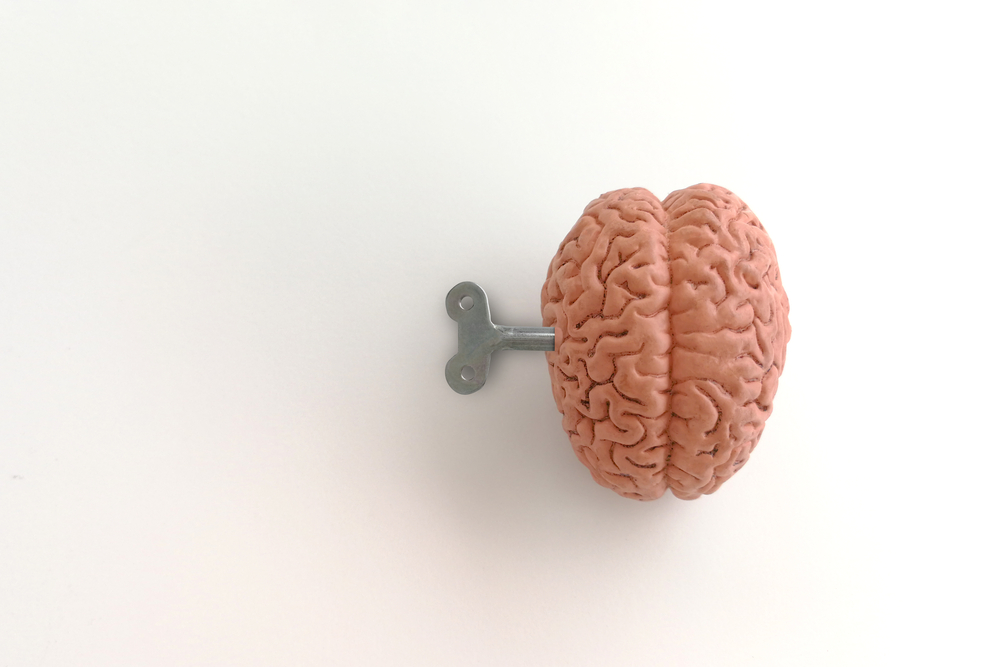Enzyme May Be Early Biomarker of Parkinson’s and Treatment Target for Patients, Scientist Suggests

Ways of better diagnosing and treating Parkinson’s patients may lie in developing biomarkers, inhibitors, and stem cells therapies that are based on an enzyme newly identified in research into this disease, called soluble epoxide hydrolase (sEH), a commentary article suggests.
The opinion piece, “Fatty acid chemical mediator provides insights into the pathology and treatment of Parkinson’s disease,” was written by Cesar V. Borlongan, director of the Center of Excellence for Aging & Brain Repair at the University of South Florida, and published in Proceedings of the National Academy of Sciences (PNAS) of the United Stated of America.
Parkinson’s disease is characterized by progressive loss of brain cells — in particular, those that produce dopamine — as well as by the accumulation of abnormal protein aggregates, including alpha-synuclein and Lewy bodies.
Brain cells most affected by the disease are located in the substantia nigra, a basal ganglia structure in the midbrain that is rich in dopamine neurons, but other brain areas are also impacted both at Parkinson’s onset and throughout disease progression.
The accumulation of toxic alpha-synuclein aggregates has been pinpointed as the major player in nerve cell degeneration.
But several studies report that other mechanisms, including calcium imbalance, neuroinflammation, and increased oxygen-mediated stress, are also directly linked to Parkinson’s.
“Unfortunately, despite these scientific advances in our knowledge of the disease pathology [mechanisms], there is no cure for Parkinson’s disease, only relief from its symptoms,” Borlongan wrote.
Hs commentary focused on a recent study published in PNAS that highlighted the important role of the soluble epoxide hydrolase (sEH) enzyme plays in neuroinflammation and the death of dopaminergic nerve cells in the brain, seen by its researchers working in multiple animal models of Parkinson’s and in patients’ cells.
Discuss the latest research news in the Parkinson’s News Today forum!
They demonstrated that sEH contributes to the transformation of alpha-synuclein to a toxic element in brain cells. Additional studies also show that alpha-synuclein mediates the loss of nerve cells in the periphery, suggesting that sEH — similar to what happens in the brain — may also modify alpha-synuclein in peripheral nerve cells (peripheral being the gastrointestinal track and enteric, or intrinsic, nervous system that governs that track).
Importantly, this phenomenon could occur at very early disease stages, before nerve cell damage is established.
While this discovery is important for the mechanistic and other insights it provides, it may also point to new ways of diagnosing and treating patients, Borlongan suggests.
For diagnosis, the research raises the possibility that increased levels of sEH in the periphery could be an early biomarker of brain cell degeneration, a disease marker before motor symptoms are evident.
“Of note, sEH activity can be measured in the intestines in other disease indications, suggesting its feasibility as a biomarker for Parkinson’s disease,” Borlongan said.
Therapeutic work might make use of a chemical inhibitor of sEH activity — much as the researchers did in their work, and which effectively reduced Parkinson’s-associated toxicity in both cells and animal models of the disease.
Medications that work as sEH blockers have already been tested in clinical trials for heart and lung diseases, facilitating their development as a Parkinson’s treatment, he said.
Likewise, sEH activity in stem cells collected from Parkinson’s patients was associated with the formation of alpha-synuclein aggregates, suggesting stem cell transplants could have the potential to lower sEH activity levels and prevent the accumulation of toxic alpha-synuclein toxic aggregates.
“It is conceivable that the development of sEH-based biomarkers, inhibitors, and stem cells may lead to new clinical products for inflammation-plagued disorders,” Borlongan concluded.






